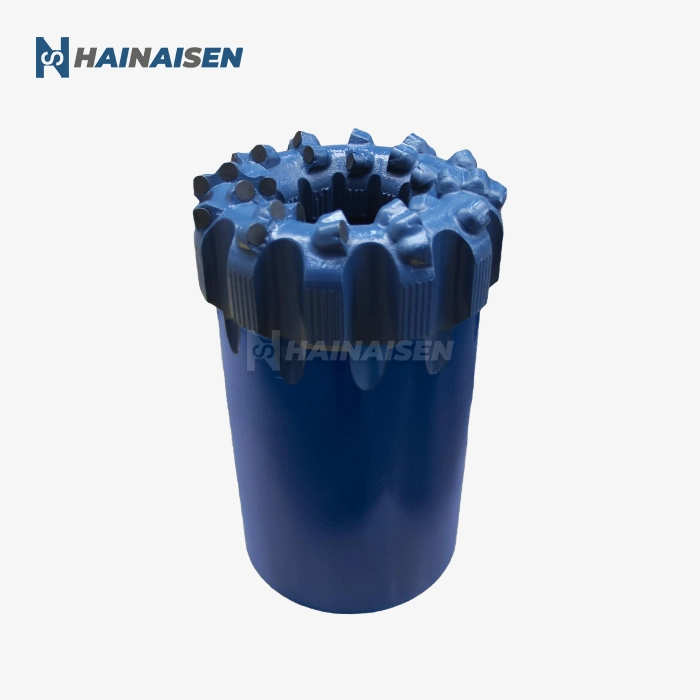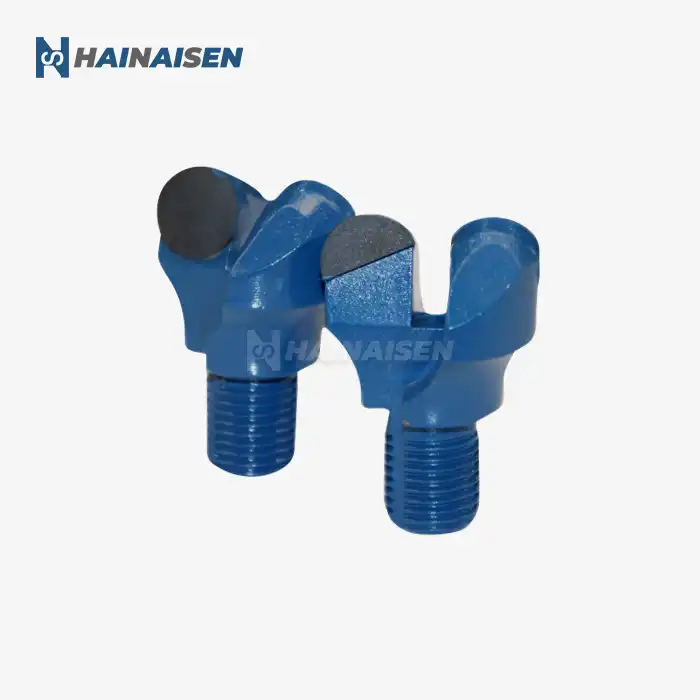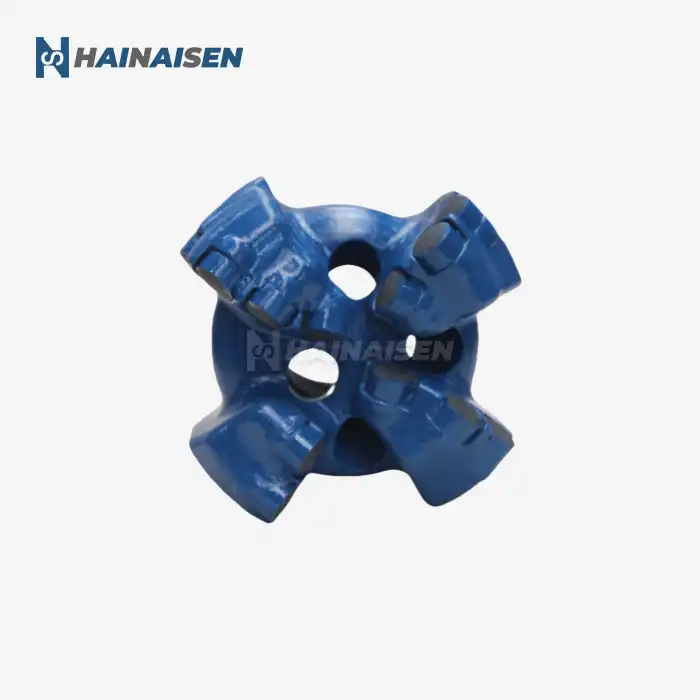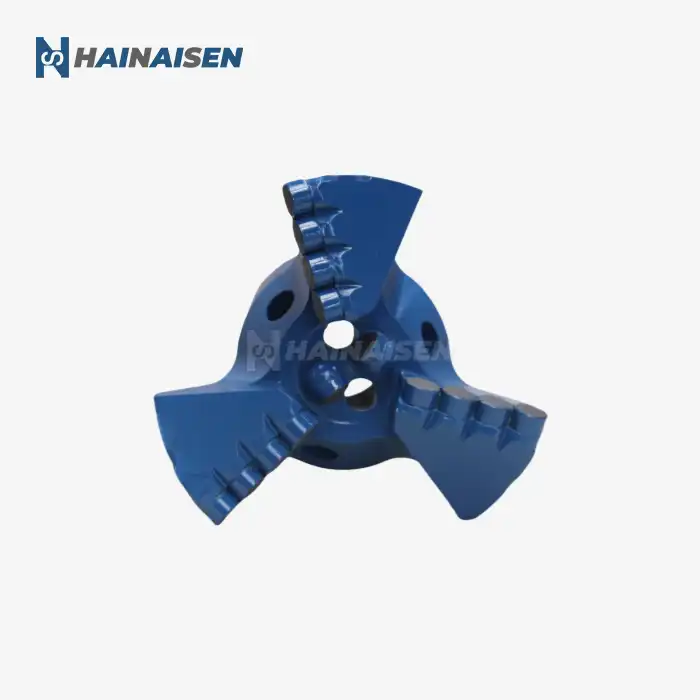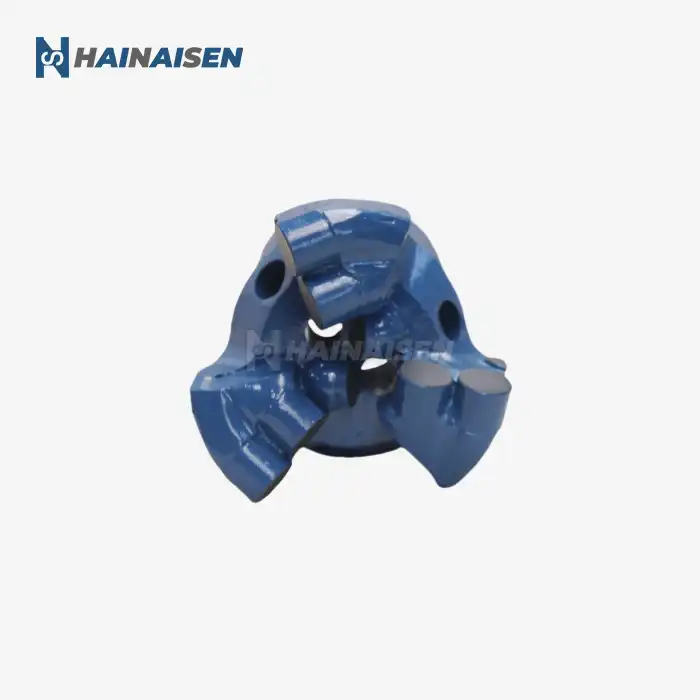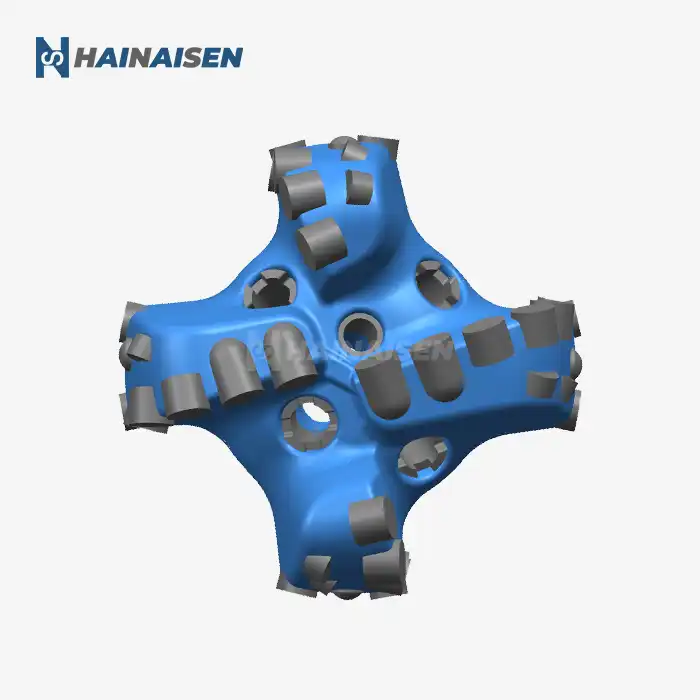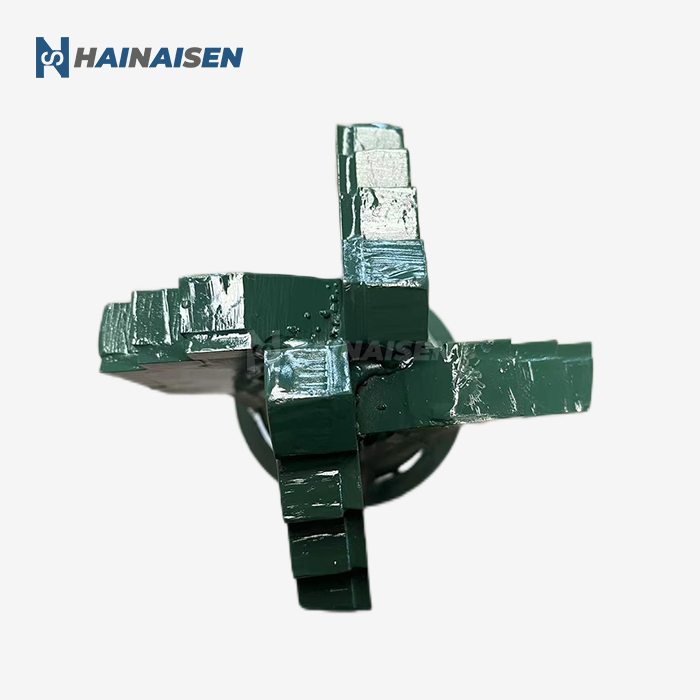How Is Abrasion and Impact Resistance Measured in Arc Designs?
Measuring abrasion and impact resistance in arc designs, particularly for the 94Mm Four Wing Arc Angle Drill Bit, involves a combination of laboratory tests and field evaluations. The unique geometry of arc-shaped wings presents both challenges and opportunities in wear resistance testing.
Laboratory Abrasion Tests
In controlled laboratory settings, abrasion resistance is often measured using specialized equipment that simulates drilling conditions. One common method is the use of abrasive wear testing machines, which apply controlled forces and rotational speeds to the bit's cutting elements. These tests typically involve:
- Rotating the bit against abrasive materials of varying hardness
- Measuring material loss over time
- Analyzing surface wear patterns using microscopy
For arc designs, particular attention is paid to the wear along the curved surfaces, as these areas experience unique stress distributions during operation.
Impact Resistance Evaluation
Impact resistance is crucial for drill bits that encounter heterogeneous formations. Testing for impact resistance in arc-shaped bits often includes:
- Drop tests to simulate sudden impacts
- Cyclic loading tests to mimic repetitive stress
- High-speed camera analysis to observe deformation under impact
These tests help engineers understand how the arc design responds to sudden forces and whether it can maintain its integrity under challenging drilling conditions.
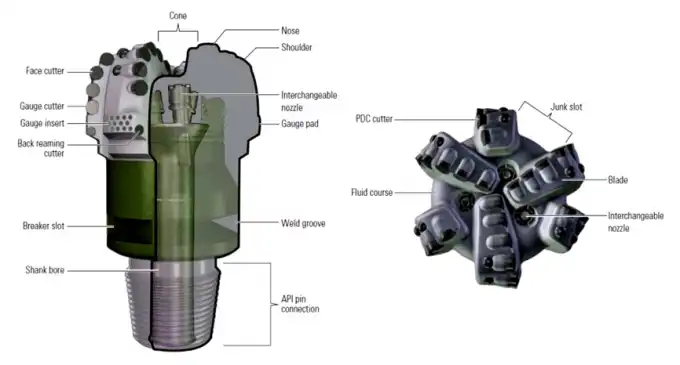
Testing Protocols: Pin-on-Disc, Rock Abrasion, and Field Trials
Comprehensive wear resistance testing for the 94Mm Four Wing Arc Angle Drill Bit encompasses a range of protocols designed to simulate various drilling scenarios. These tests provide valuable data on the bit's performance and durability.
Pin-on-Disc Testing
Pin-on-disc testing is a fundamental method for evaluating wear resistance in drilling components. For arc angle drill bits, this test involves:
- Mounting a small sample of the bit material on a pin
- Rotating the pin against a disc of abrasive material
- Measuring the wear rate and friction coefficient
This test is particularly useful for comparing different materials and coatings used in the bit's construction.
Rock Abrasion Testing
Rock abrasion tests more closely simulate real drilling conditions. For the 94mm arc angle bit, these tests typically include:
- Drilling into various rock samples under controlled conditions
- Measuring the rate of penetration and bit wear
- Analyzing the interaction between the arc-shaped wings and different rock types
These tests help optimize the bit design for specific geological formations encountered in the field.
Field Trials
Ultimate validation of wear resistance comes from field trials. During these tests:
- The bit is used in actual drilling operations
- Performance data is collected, including drilling speed and bit longevity
- Wear patterns are analyzed post-operation
Field trials provide the most realistic assessment of how the arc angle design performs under varied and unpredictable conditions.
What Do Wear Patterns Tell Us About Bit Lifecycle?
Analyzing wear patterns on the 94Mm Four Wing Arc Angle Drill Bit offers crucial insights into its lifecycle and performance characteristics. These patterns serve as a visual record of the bit's interaction with various rock formations and drilling conditions.
Interpreting Wear Patterns
Wear patterns on arc angle drill bits can reveal several important factors:
- Uniformity of wear across the bit face
- Areas of high stress or premature wear
- Effectiveness of the cutting structure design
- For instance, uneven wear might indicate improper weight distribution or alignment issues during drilling operations.
Lifecycle Indicators
Specific wear patterns can serve as indicators of the bit's lifecycle stage:
- Initial wear patterns show how quickly the bit "breaks in"
- Mid-life patterns indicate optimal performance periods
- Late-stage wear can signal when bit replacement is necessary
By understanding these patterns, drilling operators can optimize bit usage and plan for timely replacements.
Design Optimization
Wear pattern analysis is invaluable for continuous improvement of bit design. Engineers use this information to:
- Refine the arc angle geometry for better wear distribution
- Improve cutter placement and orientation
- Develop more durable materials for high-wear areas
This iterative process leads to more efficient and longer-lasting drill bits, ultimately reducing operational costs and improving drilling performance.

Conclusion
Wear resistance testing for the 94Mm Four Wing Arc Angle Drill Bit is a complex but basic prepare that guarantees the bit's unwavering quality and effectiveness in different penetrating applications. From research facility tests to field trials, each arrange of assessment contributes to our understanding of how these specialized bits perform beneath real-world conditions. By carefully analyzing wear designs and ceaselessly refining plans, producers can deliver bore bits that meet the advancing needs of the penetrating industry.
Are you looking for high-performance penetrate bits that can withstand the hardest boring conditions? Shaanxi Hainaisen Petroleum Innovation Co., Ltd. specializes in creating and fabricating progressed penetrating instruments, counting the 94Mm Four Wing Bend Point Penetrate Bit. Our state-of-the-art office and committed R&D group guarantee that we convey items that meet the most noteworthy guidelines of quality and execution. Whether you're in oil and gas investigation, coal mining, or water well penetrating, we have the mastery to give customized arrangements that coordinate your particular prerequisites. Do not let subpar hardware moderate down your operations. Contact us today at hainaisen@hnsdrillbit.com to learn how our innovative drill bits can enhance your drilling efficiency and reduce operational costs.
References
1. Johnson, A. R. (2021). "Advanced Wear Resistance Testing Methods for Drill Bit Designs." Journal of Petroleum Engineering, 45(3), 278-292.
2. Smith, B. L., & Jones, C. D. (2020). "Comparative Analysis of Arc Angle Drill Bit Performance in Various Geological Formations." International Journal of Mining Science and Technology, 30(4), 515-528.
3. Zhang, X., et al. (2022). "Innovations in Drill Bit Materials: Enhancing Wear Resistance for Extreme Conditions." Materials Science and Engineering: A, 832, 142357.
4. Brown, M. E. (2019). "Field Trial Results: Long-Term Performance of Arc Angle Drill Bits in Deep Well Operations." Offshore Technology Conference Proceedings, OTC-29876-MS.
5. Lee, S. H., & Park, J. W. (2023). "Machine Learning Approaches for Predicting Drill Bit Wear Based on Operational Parameters." Wear, 516-517, 204270.
6. Thompson, R. V. (2021). "Advancements in Pin-on-Disc Testing for Drill Bit Material Evaluation." Tribology International, 162, 107093.



